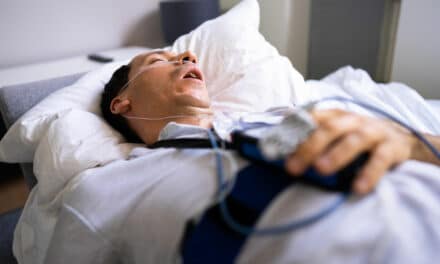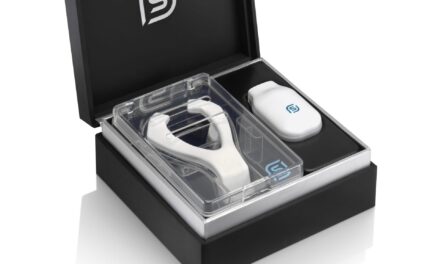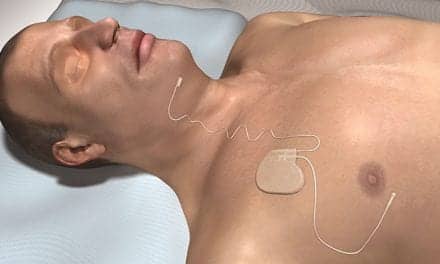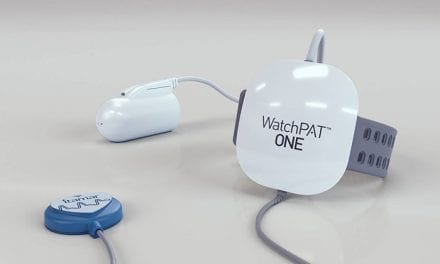More than 1,200 dentists and exhibitors from around the world gathered in Boston recently for the American Academy of Dental Sleep Medicine (AADSM) 26th Annual Meeting. The three-day event featured educational courses, sessions, and lectures from top researchers and clinicians in dental sleep medicine, highlighted advances in oral appliance therapy, and honored top research in the field.
“The dental sleep medicine community continues to grow rapidly, and attending the AADSM Annual Meeting is the best way to share information and trends, as well as learn about advancements in dental sleep medicine,” says Harold A. Smith, DDS, president of the AADSM, in a release. “The research that was unveiled at this meeting helps to increase our understanding of signs that patients may be at risk for obstructive sleep apnea and how we can use oral appliance therapy to effectively treat them once they’ve been diagnosed by a sleep physician.”
The AADSM 26th Annual Meeting provided an opportunity for dentists from across the globe to share new research on dental sleep medicine. This year’s winning research abstracts include one showing that a questionnaire may be effective in screening patients for sleep-disordered breathing and another that represents the longest follow-up study to date of side effects of oral appliance therapy.
AADSM Clinical Research Award Winners

Clinical Research Excellence Award winner Kristin Dillow, RDH, MS, with research committee chair Olivier Vanderveken, MD, PhD.
- Clinical Research Excellence Award Winner: Kristin Dillow, RDH, MS for “Assessment of the STOP-BANG Screening Questionnaires in Detecting Sleep-disordered Breathing Among Dental Patients in a Community Practice Setting”
Updated STOP-BANG Questionnaire Can Screen Patients with High-risk for Sleep-disordered Breathing: This study found that more than half of patients in a general dental practice had a high risk for sleep-disordered breathing based on the STOP-BANG screening questionnaire. When compared with objective data gathered using pulse oximetry, the questionnaire was found to have fair accuracy. Use of revised scoring criteria resulted in higher specificity, which can help optimize the selection of dental patients who are referred for follow-up evaluation by a sleep physician. - Harmeet Chiang, DDS, MS for “Is Snoring During Pediatric Dental Procedures Indicative of Obstructive Sleep Apnea? A Pilot Study”
- Maysaa Khojah, BDS, MS for “Predictors of Success for Oral Appliance Therapy in Obstructive Sleep Apnea Patients Based on Initial Craniofacial Characteristics”
AADSM Student Award Winners
- AADSM Student Research Excellence Award Winner: Mona Hamoda, BDS, MSc, MHSc for “Long-term Side Effects of Sleep Apnea Treatment with Oral Appliances”
Use of Oral Appliances Can Result in Progressive Dental Changes: This study analyzed baseline and follow-up lateral cephalograms of 62 patients treated with oral appliance therapy for obstructive sleep apnea. The average follow-up period of 12.6 years makes this the longest evaluation to date of oral appliance therapy side effects. Results show that there were significant and progressive dental changes with prolonged oral appliance use, including reduction in overjet and overbite, but there were no clinically significant skeletal changes. - Julia Uniken Venema, BsC, DMD for “Dental Side-effects of Long-term Obstructive Sleep Apnea Therapy. A 10 Year Follow-up Study”
- Yuuya Kohzuka, DDS for “Difference in Dental Arch Size Between Japanese and Caucasian Patients with Obstructive Sleep Apnea: An International Comparison Study”





